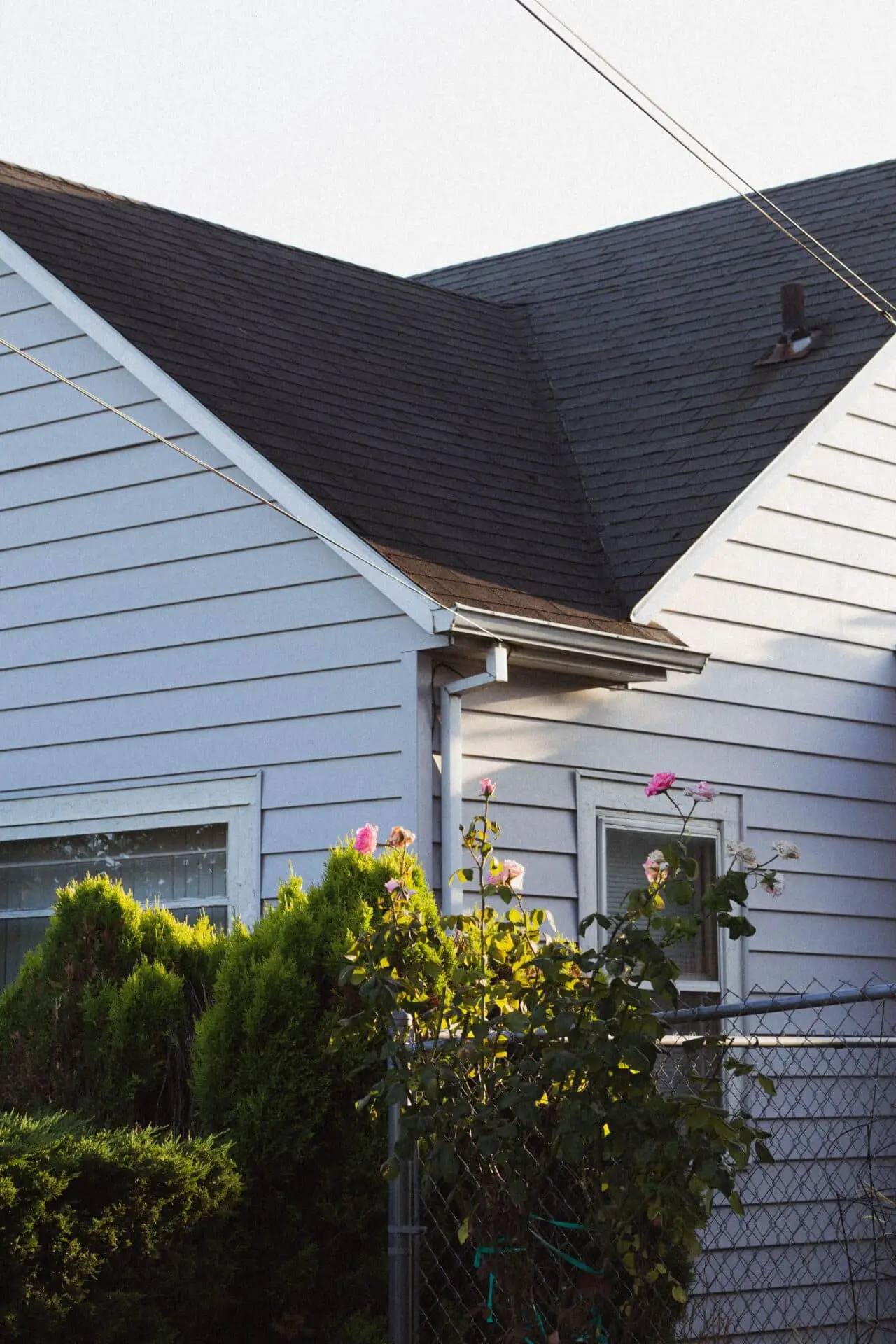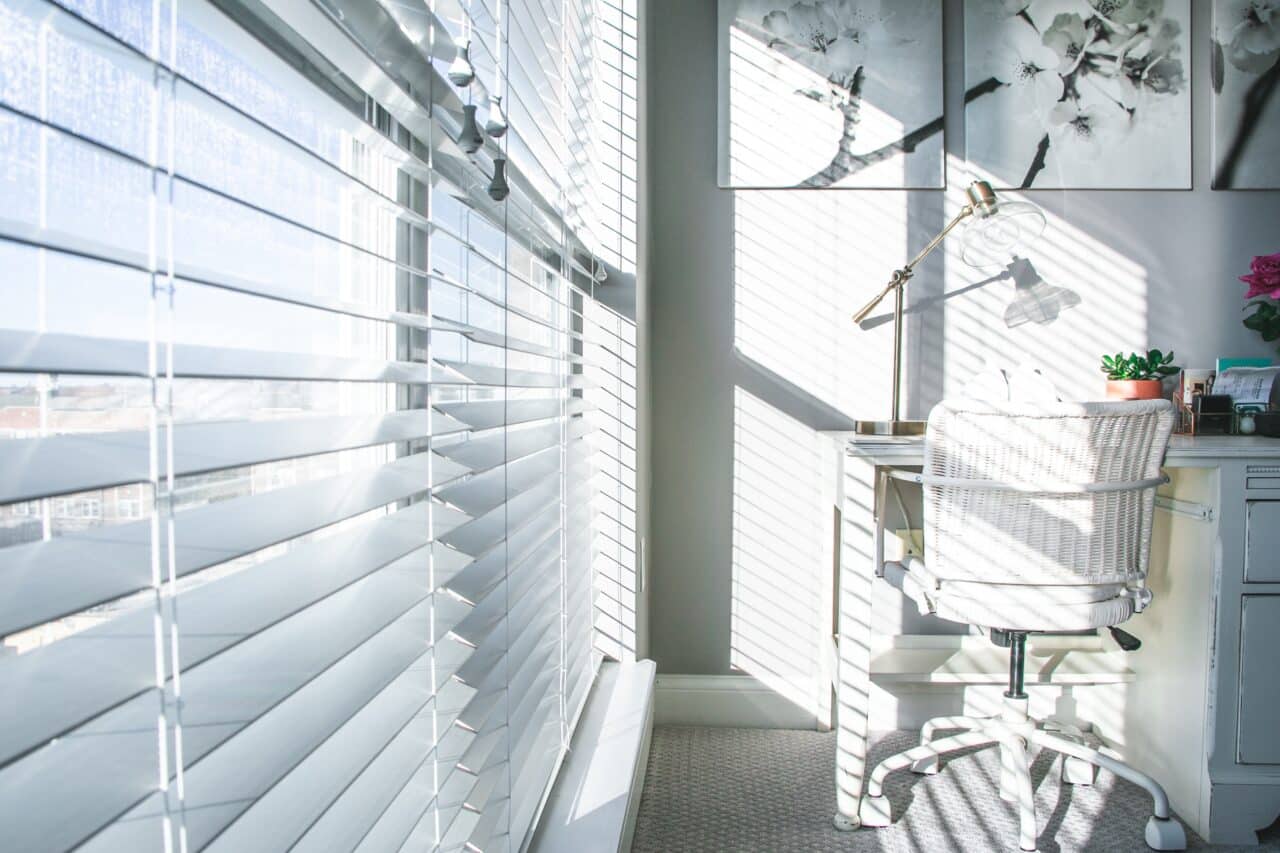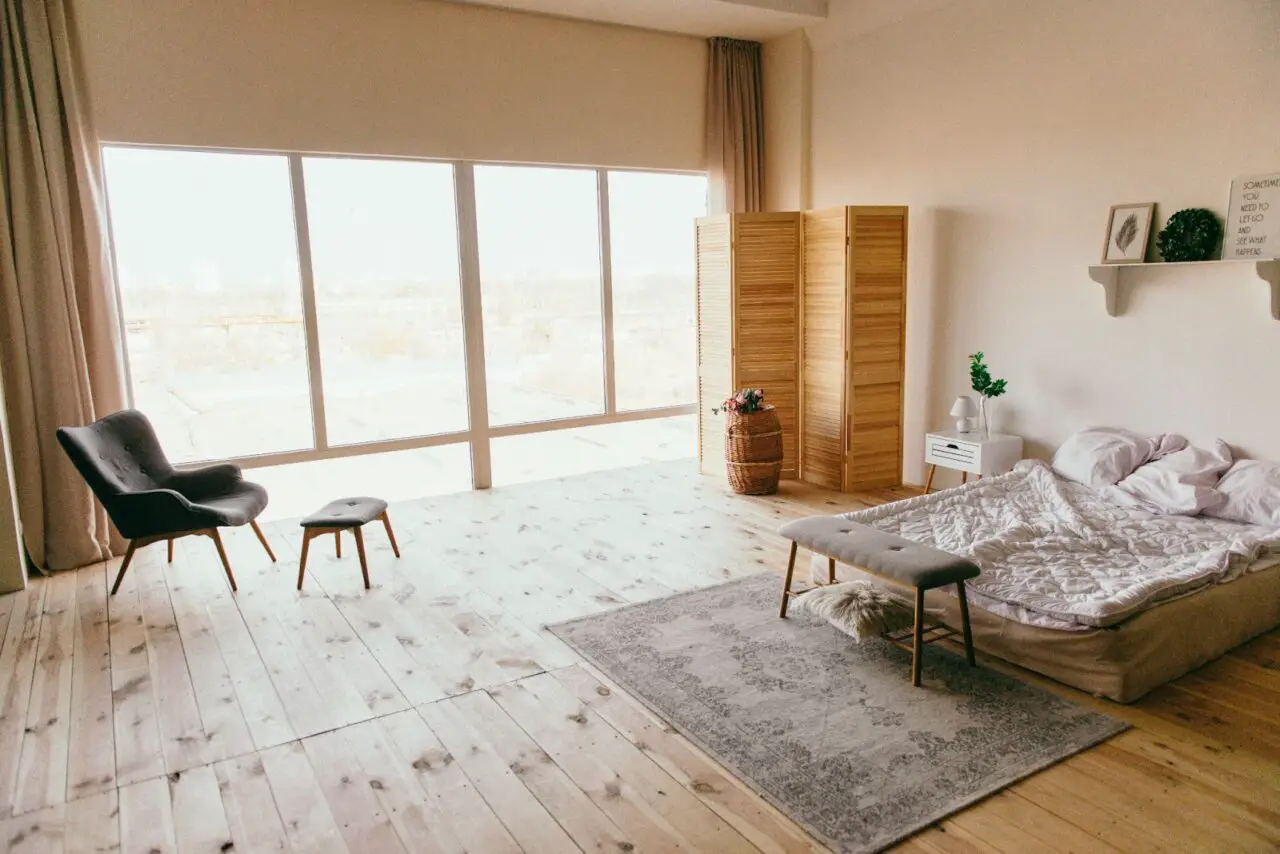9 Ways to Insulate Your Home and Prevent Heat Loss
It is essential that you properly insulate your home just before the start of the winter season. A poorly insulated home loses almost half of all the heat generated.
Britain’s Energy Saving Trust (EST) suggests that an uninsulated home loses 45% of the heat through solid walls, 20% through the doors and windows, 25% through the roof space (loft or attic), and other walls losing 33% of the heat. This research is bad news for both your pocket and for the environment because you will have to spend a fortune on energy bills.
Here are 9 ways you can insulate your home and prevent heat loss.

1. Insulate the roof
Note: This post may contain affiliate links, which means if you buy from my link I might make a small commission. This does not affect the price you pay. See the full affiliate disclosure here.
This is one of the simplest and most effective ways to curb heat loss in your home. Mineral wool insulation rolls can be used if you can easily access the regular loft joists. In this method, you will need to insulate the water tanks and the pipes too because the above roof space will be colder.
Additionally, you should use an insulated loft hatch, stripped with drought-excluding strips to prevent cold droughts from the loft hatch. However, you should only insulate it yourself if the loft is easily accessible and
If you’re buying a new build property or building yourself with a custom home from Scotford Homes, you can build all this insulation in right from the beginning, to make the task a lot more straightforward.
2. Fill the floor gaps
Use a DIY store sealant to fill the gaps between the floors and the skirting boards. If your home is relatively old, you most likely have suspended timber floors. Gently lift the floorboards and lay mineral wool insulation that is supported by netting or mesh between the joists. Also, it is not a bad idea to put a rug down on the floor.
3. Fit in thick curtains or blinds
Thick curtains can prevent heat loss from your house through the windows. “The thicker the better,” says MoneySavingExpert.com consumer analyst, Archna Luthra. You can use thermal lining curtains or cheap fleece materials as a relatively cheap alternative. Don’t just place it on the windows; you can also use curtains in the front doors. However, you should let the sunlight through during the day. You can also use fitted blinds to help prevent heat from escaping through your windows. The more tightly fitted they are around your windows, the better. Any professional blind fitters in London will be able to help you get a tight fit for your windows.

4. Use double skin insulated garage doors
Using an insulated garage door is an easy way to insulate your home against heat loss. Although some do not consider garages as part of the house, often there are conditioned rooms just above them. UK Roller Doors, a specialist installer of automated garage doors in Kent, says garages allow air leakage because of their different construction standards. As a result, an uninsulated garage door can allow cold air into the adjacent rooms. A double skin insulated garage door regulates the hot and cold air that enters your home areas such as the rooms above your garage and the hallways.
Also, insulated garage doors are much quieter because they are more tightly constructed. Layers of materials are sandwiched tightly together on each panel hence, less loose material. The insulation adds the door’s strength, reducing creaks and rattles and also dampens the noise from outside.
Additionally, a certified insulated garage door has a weather seal system for preventing dirt and
5. Properly insulate your windows
Window frames can have cracks and crevices around them which can be a warm air escape point. Simply run your hand’s palm around the frame’s edge to look for these weak points. The feeling of a breeze is an indicator of a hole. You should immediately patch it up with a sealer or putty.
6. Use aluminium tin foil
Behind radiators, use a heat reflective
7. Build a new wall
You can build
8. Use a hot water tank jacket and pipe insulation
This type of method will immediately cut the amount of heat lost by 75%, therefore, your cost of heating water will be significantly less. Also, use a foam tube as insulation to cover the pipes between the boiler and hot water cylinder.
9. Set timers
It is very important to set timers on heating. On very cold days, it should switch on earlier instead of warming the house rapidly using the thermostat. The boiler should turn on the heating earlier – 30 minutes before waking up in the morning, advises Centre for Sustainable Energy.
In conclusion, over 70% of the total household energy consumption is used in heating homes. So, cutting this figure – while you properly insulate your home – not only reduces energy bills, but also helps to achieve the carbon reduction commitments.







